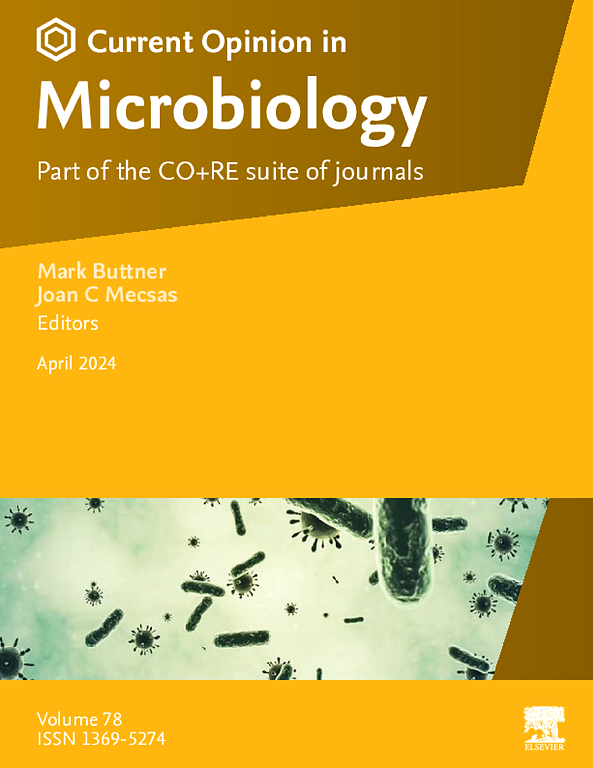Engineering natural microbial communities: harnessing synthetic communities for bioremediation
IF 7.5
2区 生物学
Q1 MICROBIOLOGY
引用次数: 0
Abstract
Microbial bioremediation, a technology using microbial metabolism to degrade or transform environmental pollutants, has garnered significant attention in recent years due to its eco-friendly and cost-effective advantages. In comparison with traditional single-strain-based bioremediation, microbial communities can remarkably enhance bioremediation. However, natural microbial communities are not optimally structured for bioremediation purposes. Given that the composition and structure of a microbial community directly influence the efficiency and pathway of pollutant metabolism, the artificial design of microbial communities is of great significance for improving bioremediation. Synthetic communities (SynComs), as artificially designed microbial consortia, can significantly enhance bioremediation efficiency and environmental adaptability through metabolic interactions among their constituent strains. Constructing SynComs generally requires a precise design of their composition and structure to optimize their metabolic functions. Here, we review the mechanisms by which SynComs enhance bioremediation, the prevalent strategies for constructing SynComs, and the latest advancements in metabolic modeling techniques for SynCom design.
工程天然微生物群落:利用合成群落进行生物修复
微生物生物修复技术是一种利用微生物代谢来降解或转化环境污染物的技术,近年来因其生态友好和成本效益的优势而受到广泛关注。与传统的单菌种生物修复相比,微生物群落可以显著增强生物修复能力。然而,天然微生物群落并不是生物修复目的的最佳结构。由于微生物群落的组成和结构直接影响污染物代谢的效率和途径,因此微生物群落的人工设计对改善生物修复具有重要意义。合成群落(SynComs)是人为设计的微生物群落,通过其组成菌株之间的代谢相互作用,可以显著提高生物修复效率和环境适应性。构建syncom通常需要对其组成和结构进行精确设计,以优化其代谢功能。在此,我们综述了SynCom增强生物修复的机制、构建SynCom的常用策略以及用于SynCom设计的代谢建模技术的最新进展。
本文章由计算机程序翻译,如有差异,请以英文原文为准。
求助全文
约1分钟内获得全文
求助全文
来源期刊

Current opinion in microbiology
生物-微生物学
CiteScore
10.00
自引率
0.00%
发文量
114
审稿时长
6-12 weeks
期刊介绍:
Current Opinion in Microbiology is a systematic review journal that aims to provide specialists with a unique and educational platform to keep up-to-date with the expanding volume of information published in the field of microbiology. It consists of 6 issues per year covering the following 11 sections, each of which is reviewed once a year:
Host-microbe interactions: bacteria
Cell regulation
Environmental microbiology
Host-microbe interactions: fungi/parasites/viruses
Antimicrobials
Microbial systems biology
Growth and development: eukaryotes/prokaryotes
 求助内容:
求助内容: 应助结果提醒方式:
应助结果提醒方式:


